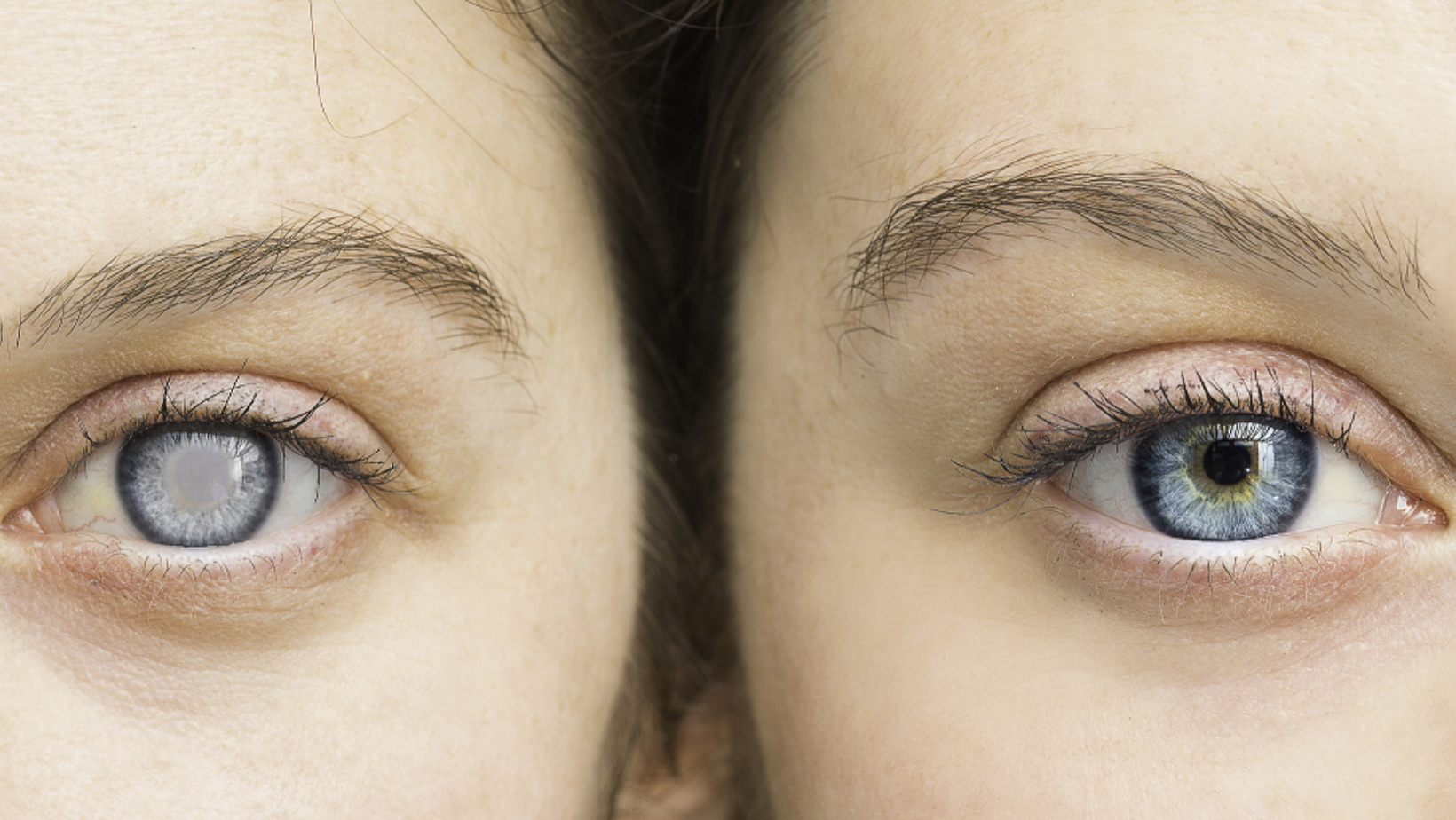Category
Glaucoma, a group of eye conditions characterized by damage to the optic nerve, is a leading cause of irreversible blindness worldwide.

Have any questions?
If you have any questions, feel free to contact us at [email protected]. A member of our support team will help you shortly.
Share this blog
Fatigue
Energy
Stress
Sleep
Glaucoma, a group of eye conditions characterized by damage to the optic nerve, is a leading cause of irreversible blindness worldwide. Recognizing the symptoms, understanding the diagnostic process, and exploring available treatments are crucial for managing this sight-threatening condition.
One of the challenging aspects of glaucoma is that it often develops without noticeable symptoms in its early stages. As the condition progresses, symptoms may become more apparent. Common signs of glaucoma include:
Early detection and diagnosis are crucial for effectively managing glaucoma and preventing further vision loss. Regular eye examinations, including comprehensive screenings for glaucoma, are essential. Diagnostic tests include:
While there is no cure for glaucoma, various treatment approaches aim to manage the condition, slow its progression, and preserve vision. Treatment options include:
Glaucoma poses a significant threat to vision, often progressing
silently until irreversible damage occurs. Regular eye check-ups
are crucial for early detection and intervention, especially for
high-risk individuals. Understanding the symptoms, diagnostic
procedures, and available treatment options empowers individuals
to take proactive steps in managing glaucoma effectively.
While there is no one-size-fits-all approach to glaucoma
treatment, a personalized plan developed in consultation with an
eye care professional is essential. Compliance with prescribed
medications, regular follow-up appointments, and lifestyle
modifications contribute to the overall management of glaucoma and
the preservation of vision. By staying informed and proactive,
individuals can navigate the challenges posed by glaucoma and
maintain optimal eye health throughout their lives.